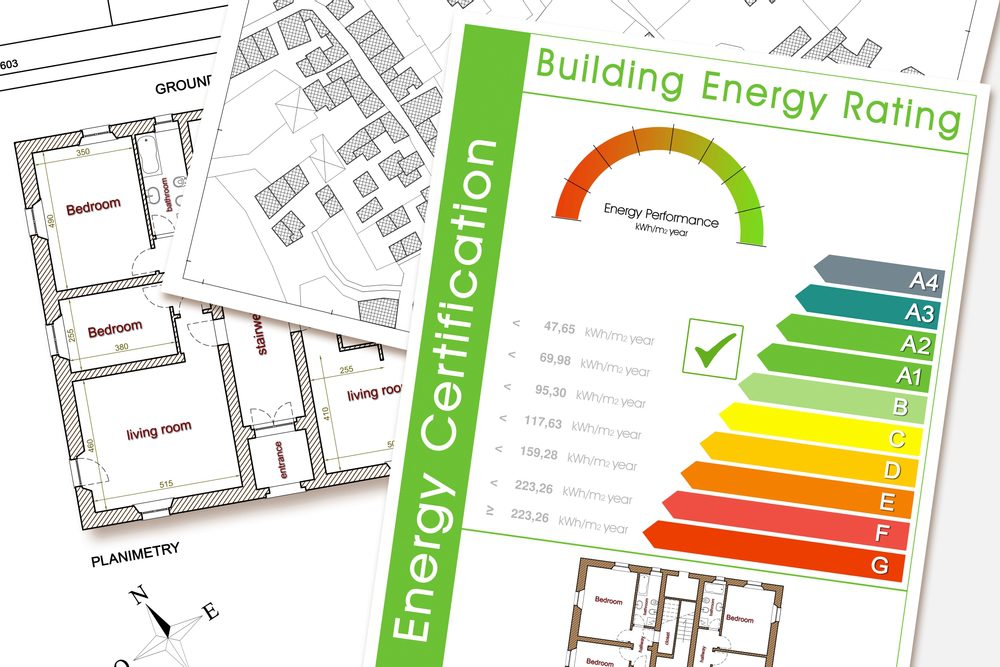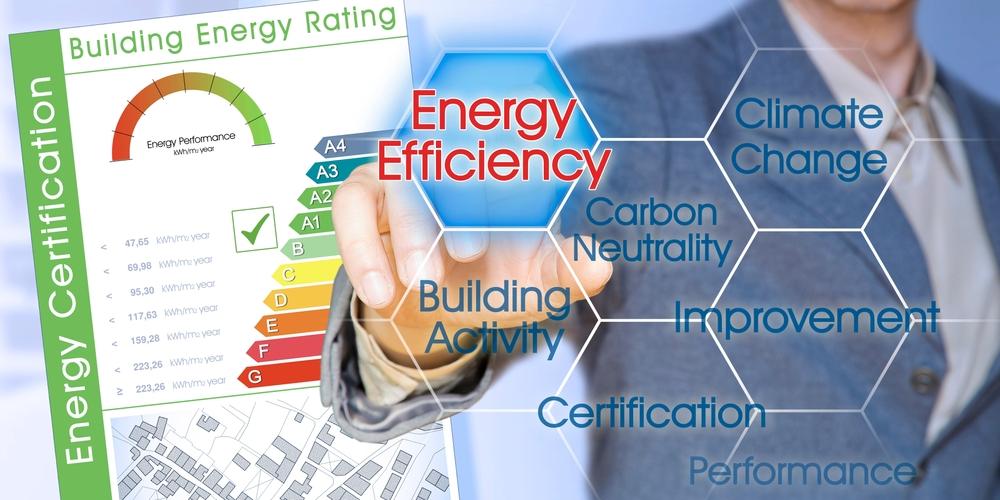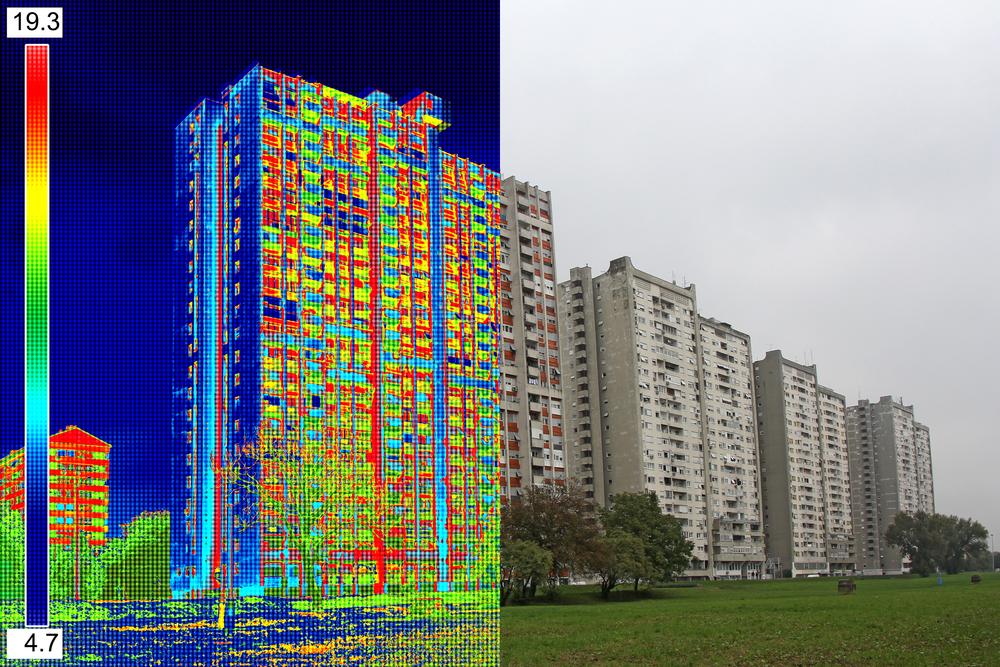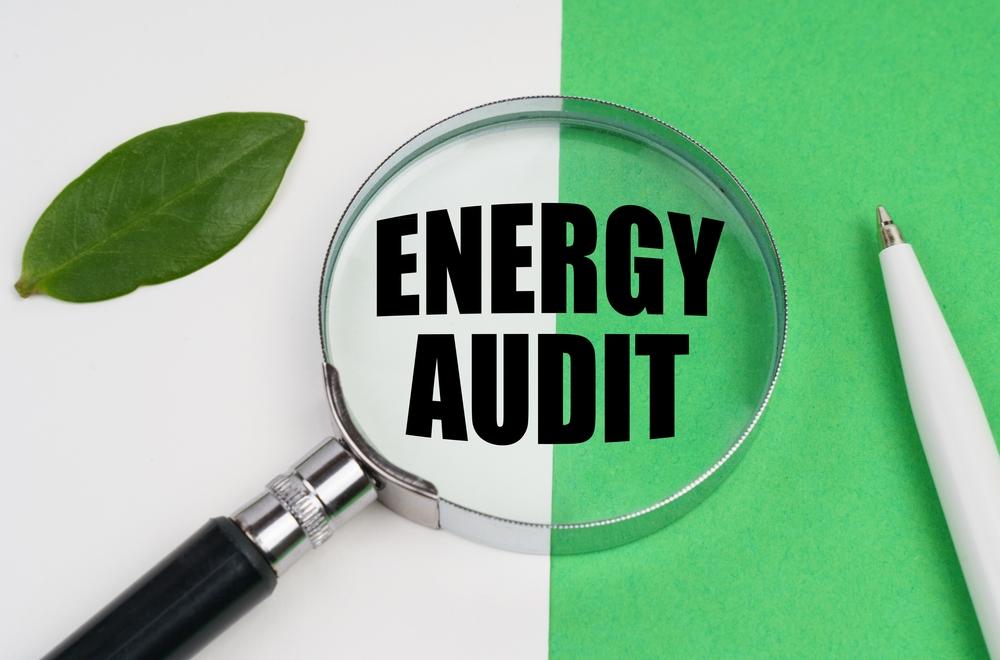I. Introduction
In today’s unpredictable world, energy crises and the depletion of conventional energy sources pose significant challenges to businesses. One innovative solution that is gaining traction is the implementation of microgrids. These self-sustaining energy systems have the potential to revolutionize the way businesses secure their power supply, ensuring uninterrupted operations even in the face of energy disruptions and crises.
A microgrid is a localized energy system that operates independently or with the main power grid. It acts as a small-scale version of the larger grid, incorporating various energy sources such as solar panels, wind turbines, and energy storage units to generate and distribute electricity to businesses or communities.
II. The vulnerability of businesses to energy crises
Dependence on the central power grid
Traditional businesses heavily rely on the centralized power grid for their energy needs. However, this dependence leaves them vulnerable to any disruption in the grid caused by natural disasters, equipment failures, or cyberattacks. To ensure uninterrupted operations, businesses must acknowledge their vulnerability and explore alternative energy solutions like microgrids.
Disruption caused by power outages
Power outages resulting from energy crises can have severe consequences for businesses. Downtime and loss of productivity are common during such disruptions, leading to financial losses and compromising customer satisfaction. The ability to continue operations despite power outages is crucial for businesses to maintain a competitive edge.
Financial implications of energy crises
Energy crises can strain businesses financially. The need to invest in expensive backup generators or the costs associated with resuming operations after an energy crisis can be significant. To mitigate these financial risks, businesses must take proactive measures to protect themselves from energy vulnerabilities.
III. Understanding microgrids
Definition and explanation of microgrids
Microgrids are localized power systems that consist of interconnected energy sources, distribution networks, and intelligent management systems. They can operate independently or in conjunction with the main grid, providing businesses with greater control over their energy supply.
Components of a microgrid system
A microgrid typically comprises three main components: energy generation sources, energy storage systems, and a distribution network. Energy generation sources can include renewable technologies like solar panels and wind turbines, as well as conventional sources. Energy storage systems, such as batteries, allow for energy to be stored and used when needed. The distribution network ensures that the electricity is efficiently delivered to the businesses or communities connected to the microgrid.
Functioning of microgrids during energy crises
During an energy crisis or power outage, microgrids can operate independently from the main grid or continue operating in conjunction with it. By utilizing renewable energy sources and energy storage, microgrids can meet the energy demands of businesses, minimizing downtime and ensuring continuity of operations.
IV. Benefits of microgrids for businesses
Enhanced energy reliability and resilience
Microgrids offer businesses a reliable and resilient energy solution. By reducing their dependence on the fragile centralized grid, businesses can ensure a consistent and uninterrupted energy supply. This enhanced reliability helps to mitigate the impact of energy crises and allows businesses to continue operations without disruption.
Reduction in downtime and productivity losses
One of the most significant advantages of microgrids is their ability to reduce downtime and minimize productivity losses during power outages or energy crises. With uninterrupted energy supply, businesses can continue their operations smoothly, meeting customer demands and maintaining productivity levels. This advantage can be especially crucial for industries that rely heavily on continuous operations, such as healthcare facilities, data centers, and manufacturing plants.
Cost-saving potential through energy management
Microgrids enable businesses to optimize their energy usage, leading to potential cost savings. By incorporating renewable energy sources and utilizing energy management software, businesses can lower their reliance on expensive conventional energy sources. Microgrids can also sell excess energy back to the grid, providing an additional revenue stream.
Environmental sustainability and corporate social responsibility
Implementing microgrids aligns businesses with environmental sustainability goals and showcases their commitment to corporate social responsibility. By utilizing renewable energy sources, microgrids contribute to reducing carbon footprints and promoting greener practices. This not only benefits the environment but also enhances a business’s reputation as an environmentally conscious organization.
V. Factors to consider when implementing a microgrid
Upfront costs and return on investment
Implementing a microgrid requires an initial investment, which can vary depending on factors such as the size of the system and the complexity of integration. However, businesses should consider the long-term benefits and potential return on investment. Conducting a thorough cost-benefit analysis, including factors like energy savings, resilience, and potential revenue generation, will help businesses make informed decisions.
Integration with existing infrastructure
To ensure a seamless transition, businesses need to assess how a microgrid will integrate with their existing infrastructure. Collaborating with experienced professionals during the design phase ensures compatibility and minimizes disruptions during implementation.
Regulatory considerations and permits
Microgrid implementation may require compliance with specific regulations and obtaining necessary permits. Engaging with local authorities and understanding the legal landscape is crucial to successful implementation. Businesses must ensure they meet all regulatory requirements and obtain the necessary approvals before proceeding.
Maintenance and ongoing management
Like any energy system, microgrids require regular maintenance and monitoring to ensure optimal performance. Businesses must establish a plan for ongoing management, including periodic inspections, software updates, and maintenance routines. This proactive approach guarantees the reliability and resilience of the microgrid system.
VI. Steps to implementing a microgrid for energy crisis protection
Assessing energy needs and vulnerabilities
Before implementing a microgrid, businesses must conduct a comprehensive energy assessment. This assessment involves analyzing energy requirements, identifying vulnerabilities, and assessing potential risks. Understanding these factors is crucial in designing a microgrid system that addresses specific needs and ensures effective energy crisis protection.
Choosing the right microgrid solution provider
Collaborating with an experienced microgrid solution provider is vital for successful implementation. Businesses should research and select a provider that specializes in designing customized microgrid systems. Expert guidance throughout the process will ensure businesses receive tailored energy solutions that meet their specific requirements.
Designing and building the microgrid system
Working closely with the chosen provider, businesses enter the design and construction phase of the microgrid system. The design must consider various factors, including energy generation sources, storage capacity, distribution networks, and smart controls to optimize efficiency and resilience. A well-designed microgrid system will maximize its benefits and ensure its effectiveness during energy crises.
Testing, commissioning, and ongoing monitoring
Once the microgrid system is built, it undergoes rigorous testing and commissioning to ensure proper functionality, seamless integration with the grid, and reliable operation. Ongoing monitoring is crucial to identify any performance issues or maintenance requirements. Regular inspections, software updates, and maintenance routines will help businesses maintain the resilience and effectiveness of their microgrid system.
VII. Conclusion
Implementing a microgrid is a forward-thinking approach that businesses should consider to protect themselves from energy crises. Microgrids offer enhanced energy reliability, reduced downtime, cost-saving potential, and environmental sustainability. They provide businesses with greater control over their energy supply and ensure uninterrupted operations in the face of energy disruptions.
Given the vulnerabilities and financial implications of energy crises, businesses must recognize the significance of microgrids as a resilient energy solution. By proactively embracing microgrid technology, businesses can secure their operations, maintain productivity, and position themselves as leaders in energy resilience, sustainability, and responsible business practices.
In conclusion, businesses should take proactive steps to explore microgrid options for their organizations. By investing in a microgrid, businesses can protect themselves from energy crises, reduce downtime, optimize energy usage, and contribute to environmental sustainability. Microgrids are not only a practical solution but also a demonstration of a business’s commitment to energy resilience and a greener future.
Discover how VertPro.com can elevate your property’s energy efficiency to new heights. We are your ultimate destination for all things related to Commercial Energy Audits, Benchmark Compliance consultancy, and access to our state-of-the-art Construction Marketplace. As trailblazers in the industry, VertPro® empowers Building Owners and Property Managers across the nation with innovative SaaS technology-based solutions. From Energy Benchmarking to Energy Audits/RCx Plus, we’re dedicated to ensuring compliance with over 60 Energy Benchmarking and Energy Efficiency Laws.
Now is the time to seize the opportunity to maximize your property’s energy potential and value. Explore VertPro.com’s comprehensive solutions today and let us be the catalyst for the transformation your property deserves. Your energy-efficient future starts here!
















